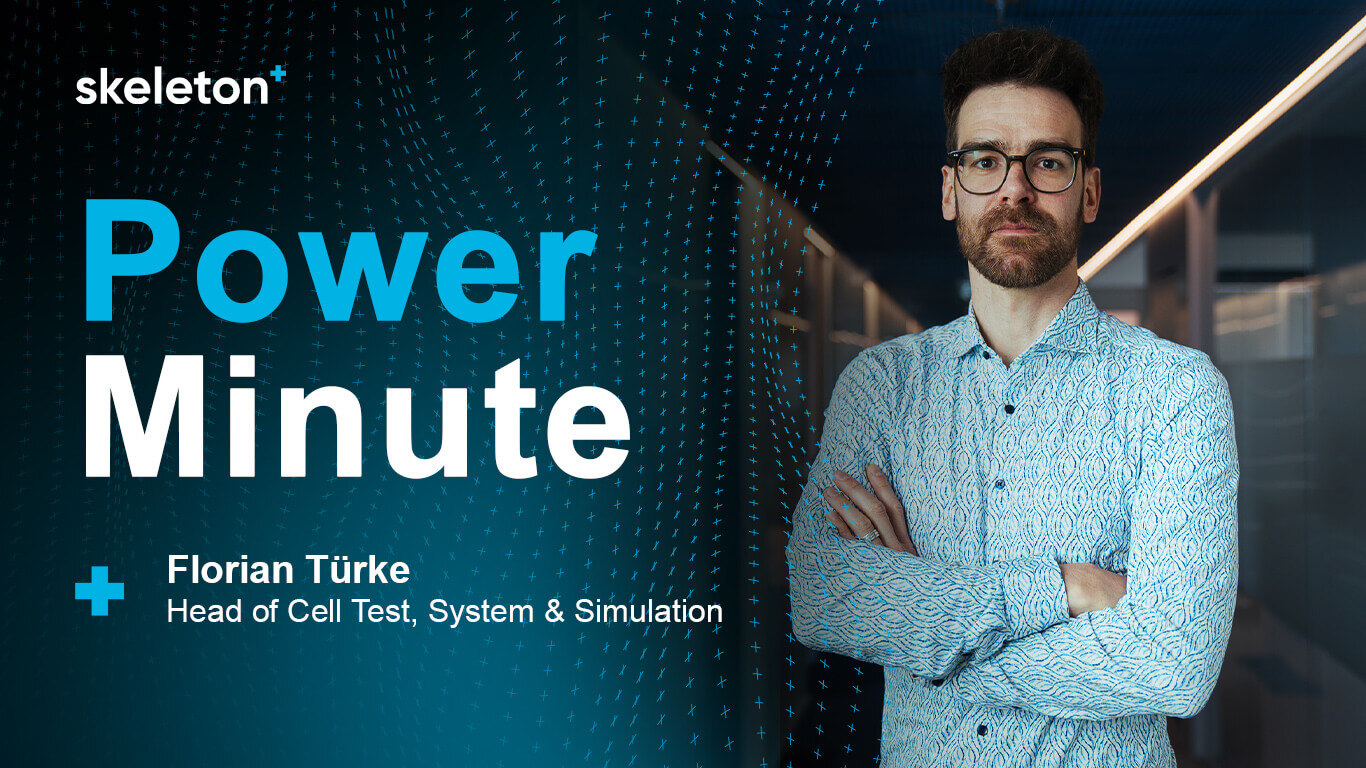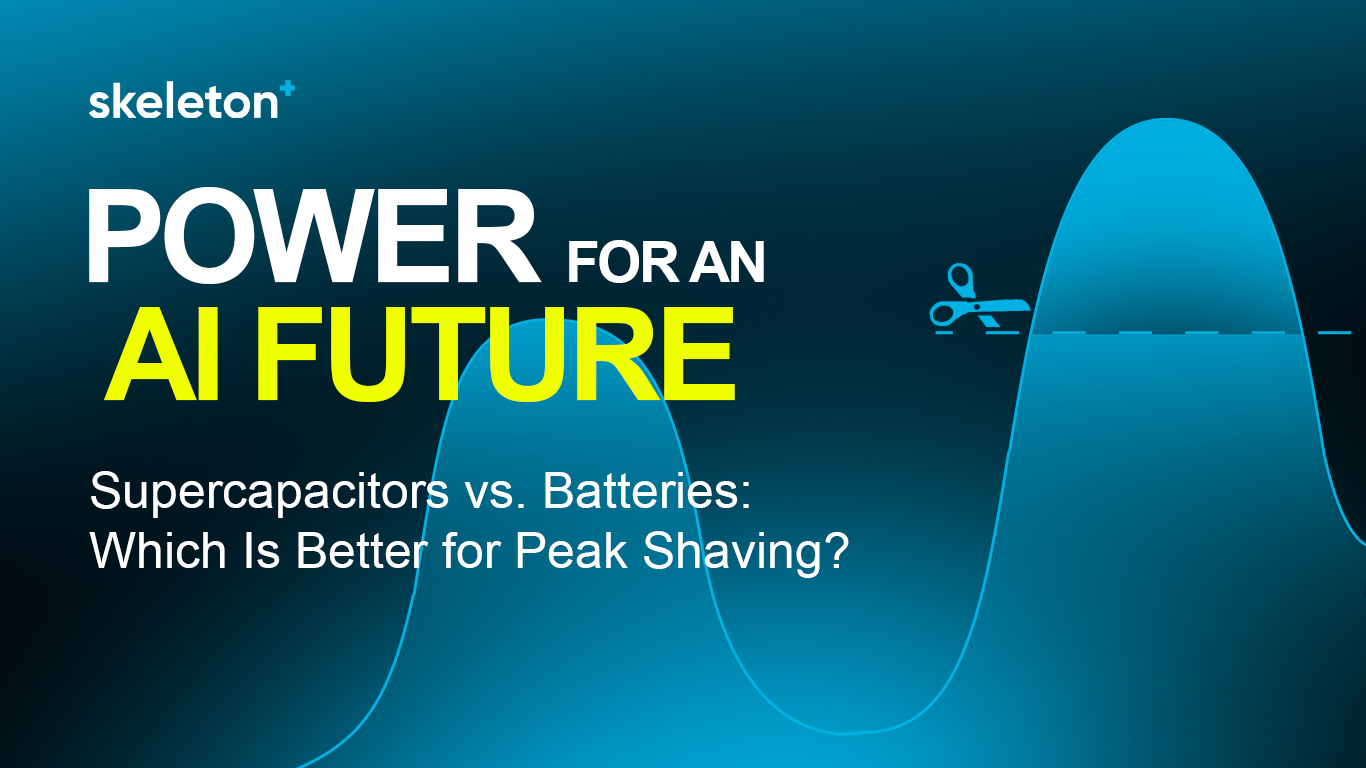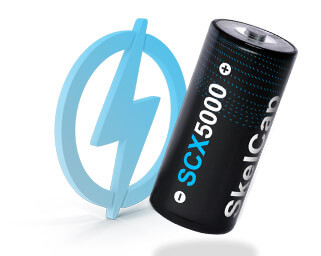
Why Do Energy Storage Systems Need Fatigue and Vibration Testing?

Are you in need of a reliable, long-lasting solution to secure your company's grid and maintain uninterrupted power supply without the risk of fatigue failures and high ESR? During the grid system construction phase, it’s essential to understand how vibration and fatigue tests can prevent problems at an early stage and improve the performance of the entire grid.
1. What is a vibration spectrum?
The Grid is a stationary system, which means that it usually doesn’t move when installed. Nonetheless, vibration loads can still occur, for example, during transport from our plant to the customer's installation space or during rare events like earthquakes. In these cases, our energy storage systems are exposed to random vibration loads. Such vibrations are recorded as a time series and then converted into a frequency spectrum with the help of a Fourier transform. The spectrum tells us how much acceleration load occurs at which frequency. Such spectra and a given exposure time, we receive from our customers as a requirement. An advantage of having a spectrum instead of a time series is to be able to quickly compare the severity of different vibration profiles.
2. What is fatigue test, and why is it crucial for your grid system?
Fatigue is the mechanical failure mechanism due to relatively small cyclic stresses. A small stress doesn’t break our system if it is applied once or twice or even 100 times. But it can cause failure if it happens multiple thousand times. Vibrations cause a high number of cyclic stresses, which ultimately can lead to high-cycle fatigue. Very small stresses, all within the elastic regime, but very many of them slowly weaken the material until it breaks – even at relatively low stresses.
It is like lifting a bottle of your favorite beverage. You can lift it once, twice or even 20 times without any issues, but after let’s say one thousand lifts, your arm gets sore and tired, and the initially light bottle now became heavy – this is fatigue.
To prevent fatigue failure during transportation or earthquakes, we simulate and test for fatigue failure based on the vibration spectra we receive from our customer.
3. External vibrations: how can they impact supercapacitor performance, and what steps does skeleton take to mitigate this?
During the early design phases, we simulate the effect of vibrations on our cells and systems and see how our systems react to them. With the help of simulations, we can not only see fatigue damage on the visible surface of our products but also find fatigue damage deep inside the cells or modules, where otherwise it is impossible to see them in real life. Once we build the first prototypes, we run the vibration spectra on our internal vibration test bench in our test lab in Tallinn to proof that our systems are safe during transport or in case an earthquake occurs. One requirement for the test is that the internal resistance (ESR) cannot increase by more than a given percentage. This ensures the correct functioning of our supercapacitors over the entire lifetime of our energy storage systems.
4. Key factors influencing the fatigue life of supercapacitors: what should you know?
Vibration robustness leads to low fatigue damage and therefore enhances our product’s lifetime. The most effective way to decrease fatigue damage is to avoid an overlap of forcing and natural frequencies and thus prevent resonance. The forcing frequency is the vibration that our systems are exposed to in case of grid these are transport or earthquakes. The natural frequency is inherent to our product and depends on material choices and design decisions. An overlap of both forcing and natural frequency causes resonance. While we cannot change the forcing frequencies, we can change the natural frequencies of our system by design decisions and material choices. The goal of the designer is to move natural frequencies to values, which are less damaging.
5. Extending supercapacitors fatigue life: what methods enhance performance, minimize degradation, and ensure durability?
A solid electrical connection is key for a low internal electrical resistance value (ESR). Due to vibrations and fatigue damage, internal connections, such as welding seams, may become loose which increases the ESR and therefore decreases the supercapacitor’s performance. With numerical simulations and tests on our vibration test bench we make sure to find the most robust design solutions to decrease the risk of such fatigue failures.
6. How can fatigue testing enhance your grid systems, and what are the key benefits?
To guarantee uninterrupted power supply to grid systems we simulate and test different vibration scenarios during the design and validation process. This way we make sure to provide the highest possible quality to our customers and minimize the risk of fatigue failure during the design life of our products.





